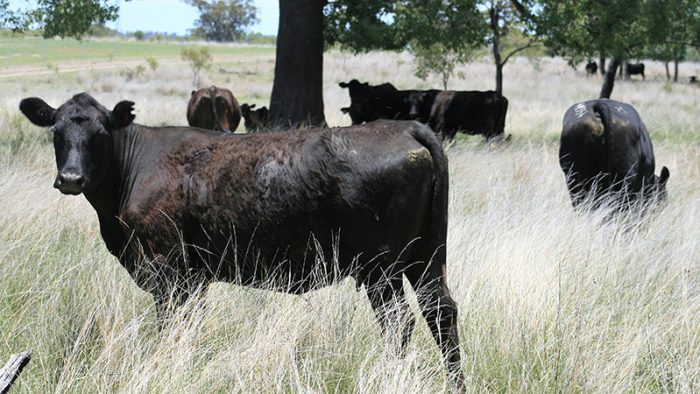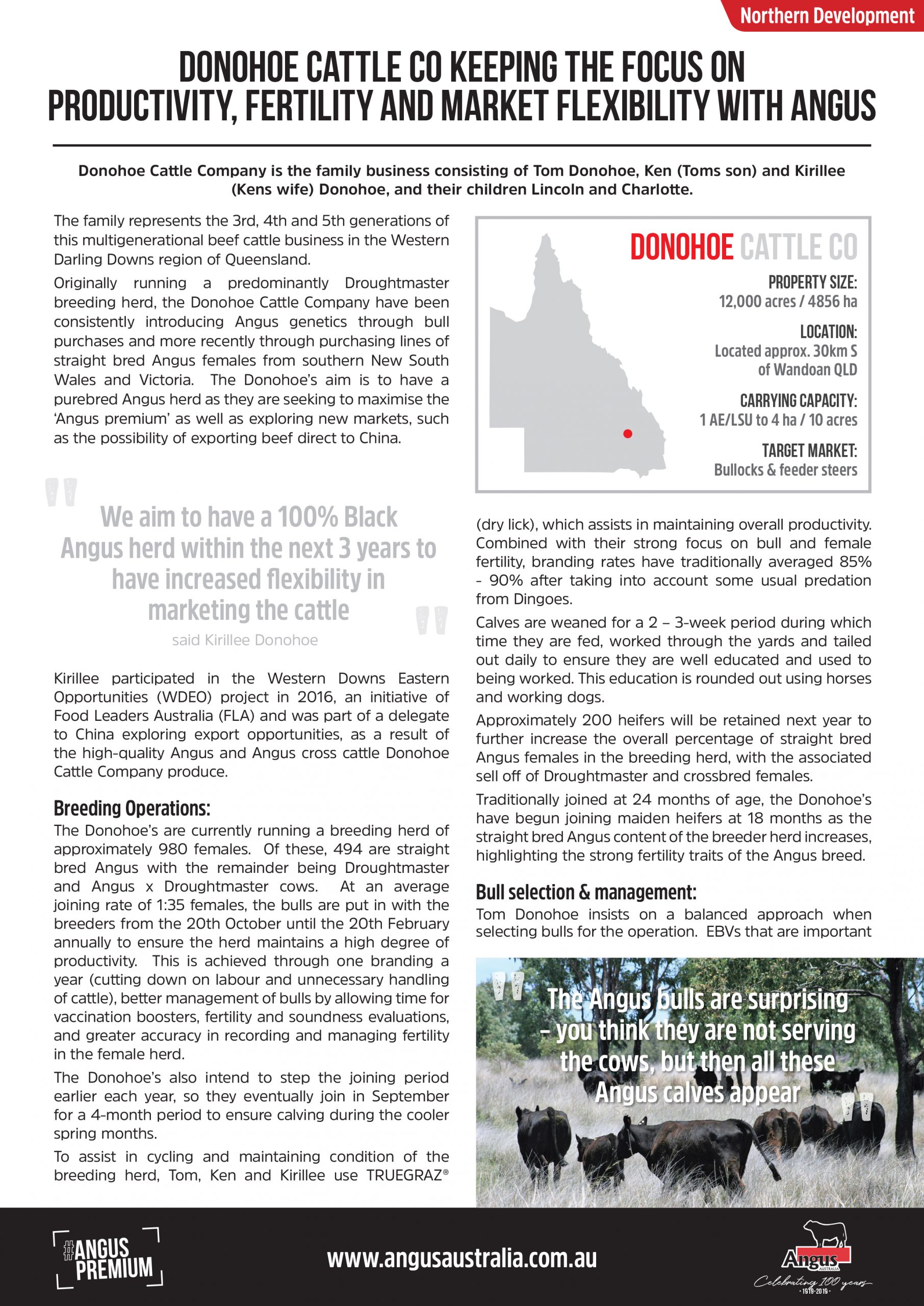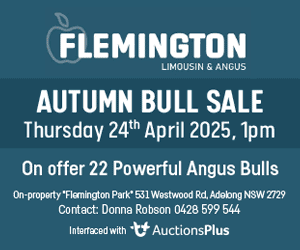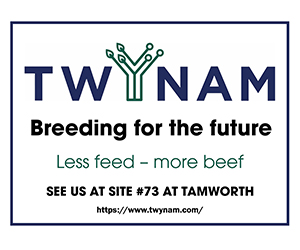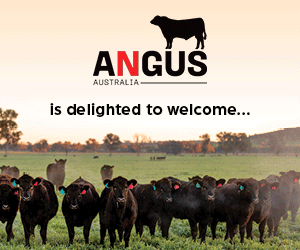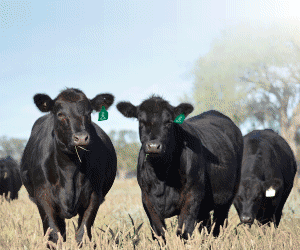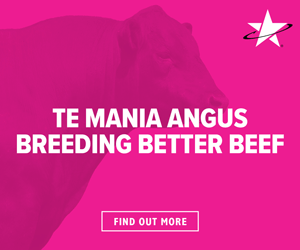Donohoe Cattle Co keeping the focus on productivity, fertility and market flexibility with Angus
Donohoe Cattle Company is the family business consisting of Tom Donohoe, Ken (Toms son) and Kirillee (Kens wife) Donohoe, and their children Lincoln and Charlotte. The family represents the 3rd, 4th and 5th generations of this multigenerational beef cattle business in the Western Darling Downs region of Queensland.
Originally running a predominantly Droughtmaster breeding herd, the Donohoe Cattle Company have been consistently introducing Angus genetics through bull purchases and more recently through purchasing lines of straight bred Angus females from southern New South Wales and Victoria. The Donohoe’s aim is to have a purebred Angus herd as they are seeking to maximise the ‘Angus premium’ as well as exploring new markets, such as the possibility of exporting beef direct to China.
“We aim to have a 100% Black Angus herd within the next 3 years to have increased flexibility in marketing the cattle”, said Kirillee Donohoe.
Kirillee participated in the Western Downs Eastern Opportunities (WDEO) project in 2016, an initiative of Food Leaders Australia (FLA) and was part of a delegate to China exploring export opportunities, as a result of the high-quality Angus and Angus cross cattle Donohoe Cattle Company produce.
Breeding Operations:
The Donohoe’s are currently running a breeding herd of approximately 980 females. Of these, 494 are straight bred Angus with the remainder being Droughtmaster and Angus x Droughtmaster cows. At an average joining rate of 1:35 females, the bulls are put in with the breeders from the 20th October until the 20th February annually to ensure the herd maintains a high degree of productivity. This is done through one branding a year (cutting down on labour and unnecessary handling of cattle), better management of bulls by allowing time for vaccination boosters and fertility and soundness evaluations, and greater accuracy in recording and managing fertility in the female herd.The Donohoe’s also intend to step the joining period earlier each year, so they eventually join in September for a 4-month period to ensure calving during the cooler spring months.
To assist in cycling and maintaining condition of the breeding herd, Tom, Ken and Kirillee use TRUEGRAZ ® (dry lick), which assists in maintaining overall productivity. Combined with their strong focus on bull and female fertility, branding rates have traditionally averaged 85% – 90% after taking into account some usual predation from Dingoes and vaccination for Leptospirosis.
Calves are weaned for a 2 – 3-week period during which time they are fed, worked through the yards and tailed out daily to ensure they are well educated and used to being worked. This education is rounded out using horses and working dogs.
Approximately 200 heifers will be retained next year to further increase the overall percentage of straight bred Angus females in the breeding herd, with the associated sell off of Droughtmaster and crossbred females.
Traditionally joined at 24 months of age, the Donohoe’s have begun joining maiden heifers at 18 months as the straight bred Angus content of the breeder herd increases, highlighting the strong fertility traits of the Angus breed.
Bull selection & management:
Tom Donohoe insists on a balanced approach when selecting bulls for the operation. EBVs that are important to Donohoe Cattle Company include birth weight, scrotal circumference, milk, docility and 600-day weight. “The Angus bulls are surprising – you think they are not serving the cows, but then all these Angus calves appear”, said Ken Donohoe. Equally as important though is the visual and veterinary assessment of the bull to ensure fertility, soundness and ability to handle the environment, which gives focus to such traits as coat type. Although not in the tick zone, buffalo fly and heat are factors which impact on the operation, therefore a strong emphasis on bulls with a slick coat is necessary.
Newly purchased bulls, after an initial treatment of CATTLEMAX ™ (treatment for fly, lice and worms), are introduced to the other bulls almost immediately. This is to give the bulls as much time as possible to sort out pecking orders, however Tom highlights that fighting amongst the bulls is extremely rare. “We value good temperament and place a lot of emphasis on this when selecting bulls” said Tom Donohoe.
Marketing:
Steers are usually grown out and finished as bullocks and marketed to Dinmore (JBS) near Ipswich QLD. However, if saleyard prices are higher than the grid at sale time, steers may also be marketed via the Dalby saleyards. Cull cows are sold direct to works.
Ultimately, it has been the increased degree of marketability and premium received which has led the Donohoe family into an increasingly straight bred Angus herd. The family estimates an average of $0.30/kg premium is paid above the market rate for their straight bred Angus cattle.
Angus Australia acknowledges the funds provided by the Australian Government through the Meat & Livestock Australia Donor Company (MDC).
This resource was created as a result of a collaboration between Angus Australia and Meat & Livestock Australia Donor Company (MDC) (Project P.PSH.1063).

